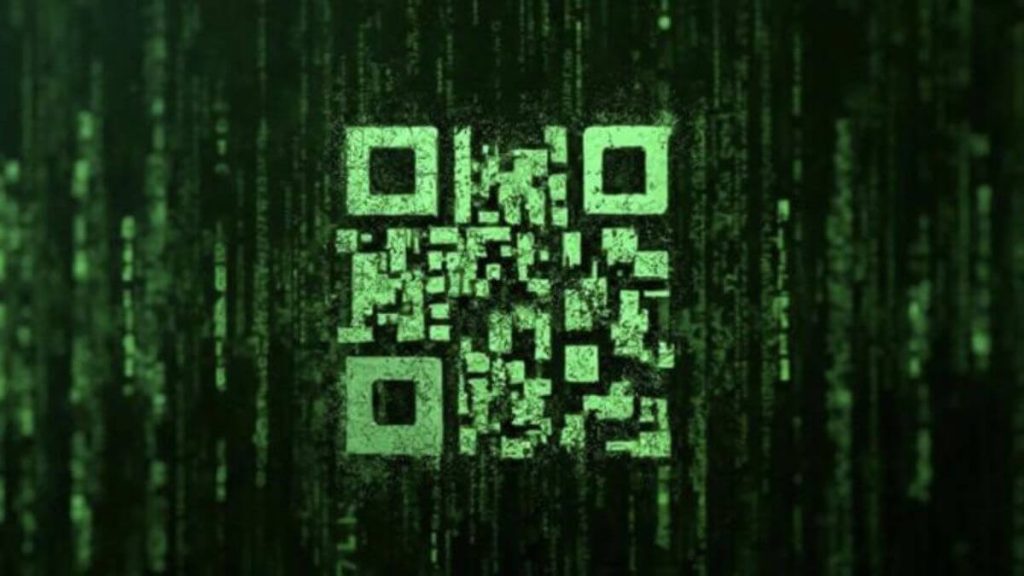Cybersecurity researchers are calling attention to a new QR code phishing campaign that leverages Microsoft Sway, a popular tool for creating presentations and newsletters. This new attack method, known as “quishing,” uses fake QR codes hosted on Sway pages to trick unsuspecting users into revealing their credentials. Let’s dive into how this scheme works, why it’s so dangerous, and how you can protect yourself.
How Cybercriminals Are Using Microsoft Sway to Launch Phishing Attacks
Microsoft Sway, part of the Microsoft 365 suite, is typically used to create professional content such as newsletters and presentations. However, its legitimate nature is precisely why cybercriminals are abusing it. Attackers use Sway’s infrastructure to host fake pages that look genuine, fooling even the most cautious individuals. When users scan a QR code on these pages, the phishing websites actively steal their Microsoft 365 credentials.
Key Insight: By using legitimate cloud applications like Microsoft Sway, attackers make their scams appear more credible and harder to detect, increasing the chances that victims will trust the content they see.
Why QR Code Phishing Is So Effective
QR code phishing, or quishing, presents a unique challenge to defenders. Traditional phishing links are text-based, but QR codes appear as images, which makes detection difficult for standard email scanners. Even more problematic, many people use their mobile devices to scan these codes, where security measures are often less stringent compared to laptops or desktops.
Expert Opinion: Netskope Threat Labs researcher Jan Michael Alcantara points out, “When a user receives a QR code, they often scan it with their mobile device. These devices typically have weaker security protections, making users more susceptible to these attacks.”
Who Are the Primary Targets? New QR Code Phishing
The latest QR code phishing campaign primarily targets users in Asia and North America. The technology, manufacturing, and finance sectors have been hit the hardest, likely due to the valuable data these industries hold. The phishing pages hosted on Microsoft Sway have seen a dramatic increase in traffic, with reports noting a 2,000-fold rise in July 2024 alone. This surge indicates that these attacks are widespread and rapidly growing.
Also read | Russian hackers are using iOS and Chrome flaws to steal data
Advanced Phishing Techniques Make Detection Even Harder
These quishing campaigns aren’t just relying on QR codes; they are using advanced phishing tactics to evade detection. For instance, some attacks employ adversary-in-the-middle (AitM) phishing techniques, which involve transparent phishing tactics. This method uses lookalike login pages that capture user credentials and two-factor authentication (2FA) codes, simultaneously logging victims into the actual service.
Adding another layer of complexity, attackers are now crafting QR codes using Unicode text characters instead of images. This new technique, termed “Unicode QR Code Phishing,” bypasses security measures designed to detect suspicious images, making these codes appear harmless to both users and security systems.
Pro Tip: SlashNext CTO J. Stephen Kowski warns, “Unicode QR codes pose a significant challenge to conventional security measures because they are made entirely of text characters, allowing them to evade detection.”
Also read | How the Qilin Ransomware Attack Exploited VPN Credentials and Stole Chrome Data
The Growing Threat: What Can You Do to Stay Safe?
The increasing sophistication of QR code phishing campaigns means everyone needs to be more vigilant. Here are some practical steps to help protect yourself:
- Verify the Source: Before scanning a QR code, verify its source. If it comes from an unexpected email or an unknown website, it’s best to avoid it.
- Use Security Software: Install and update security software on all your devices, including mobile phones. Look for solutions that can detect QR code threats.
- Be Cautious with Cloud Links: Be wary of links that redirect to cloud services like Microsoft Sway. Even if they seem legitimate, double-check the URL to ensure it’s safe.
- Educate Yourself and Your Team: If you’re part of an organization, conduct regular training on the latest phishing tactics to keep everyone informed and alert.
FAQs: Your Questions Answered
Q: What is QR code phishing?
A: QR code phishing, also known as quishing, is a phishing technique that uses fake QR codes to redirect users to malicious websites, often designed to steal credentials.
Q: Why is Microsoft Sway being used for phishing?
A: Microsoft Sway is a legitimate cloud-based service, making it an attractive platform for attackers because it adds credibility to their phishing pages.
Q: How can I protect myself from these phishing attacks?
A: Always verify the source of QR codes, use updated security software, and be cautious with links that seem suspicious, even if they come from trusted services like Microsoft.
Q: What makes Unicode QR code phishing so dangerous?
A: Unicode QR code phishing uses text characters to create QR codes, which can bypass traditional security measures that scan for suspicious images.

